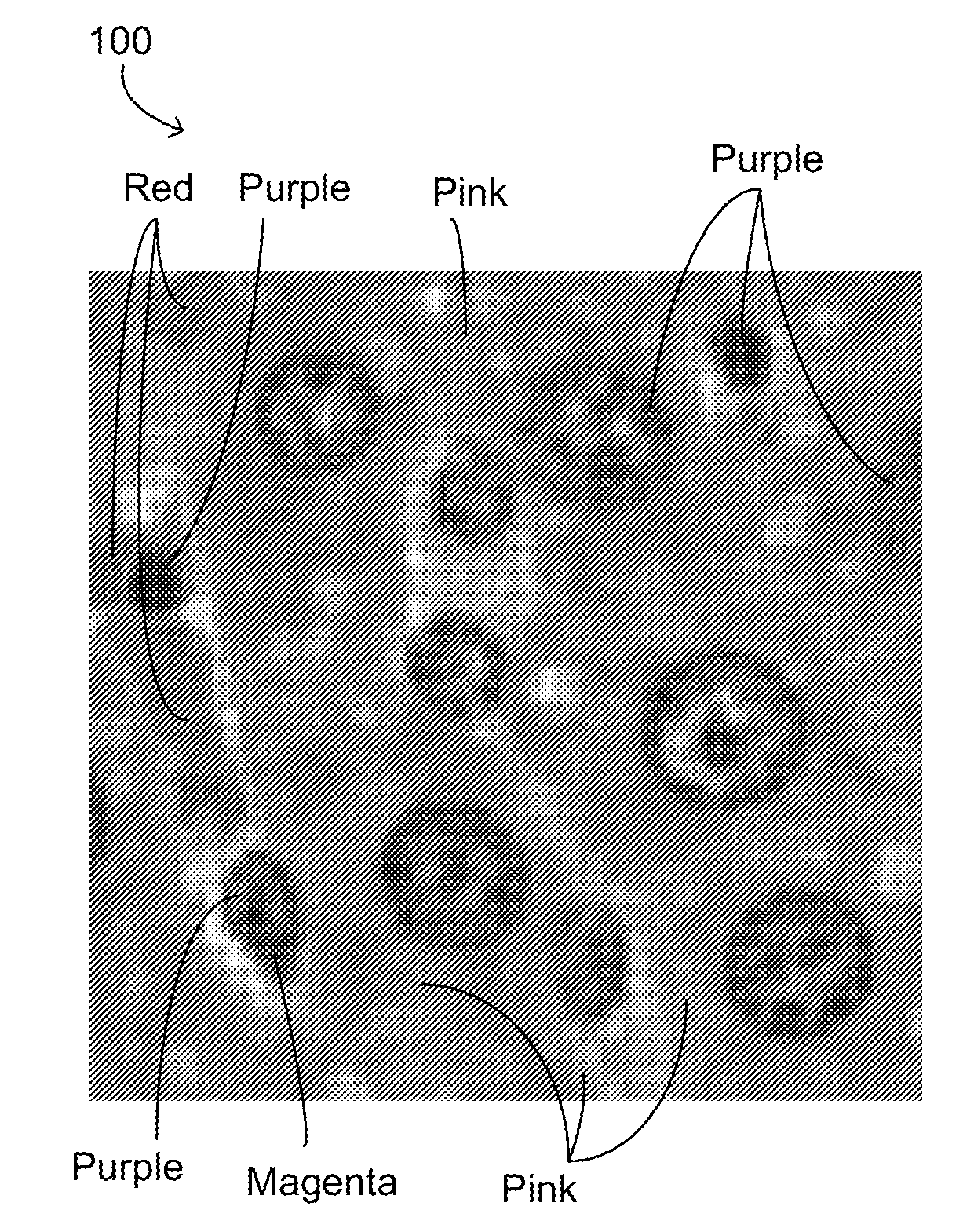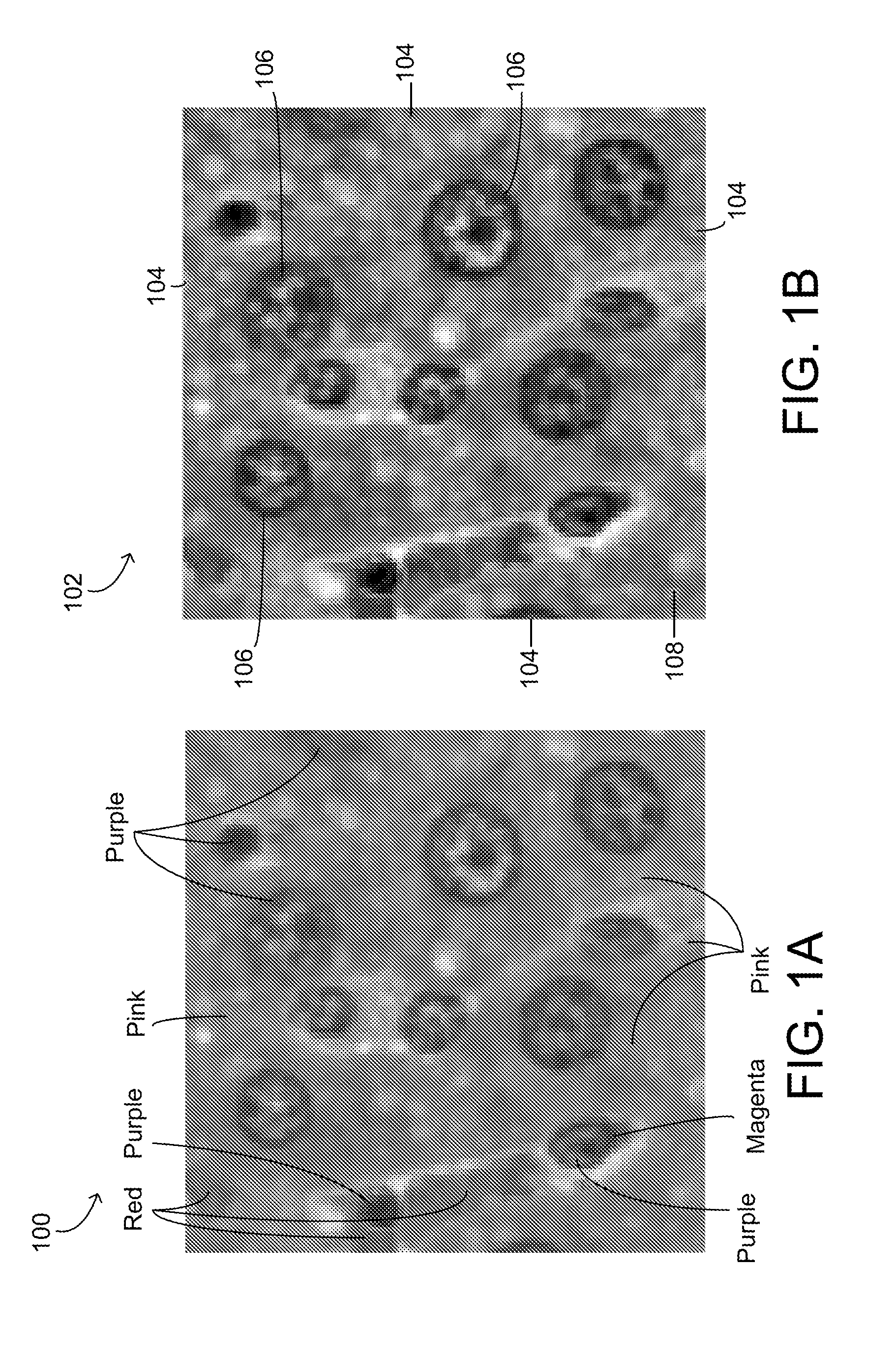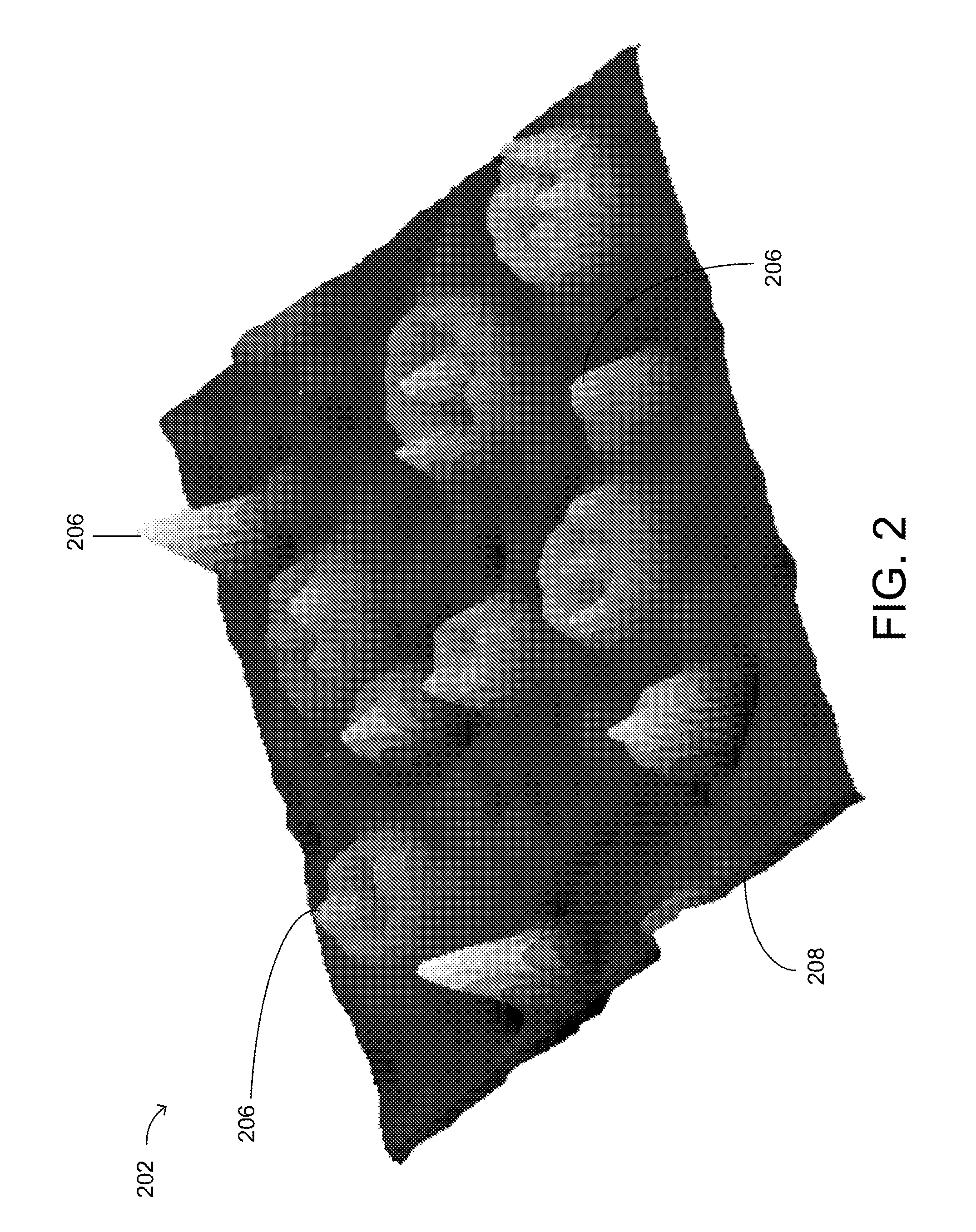Systems and Methods for Object Identification
a technology of object identification and object identification, applied in image analysis, image enhancement, instruments, etc., can solve problems such as artifacts that cannot be considered clinically significant, and achieve the effect of minimizing the impact of color variation
- Summary
- Abstract
- Description
- Claims
- Application Information
AI Technical Summary
Benefits of technology
Problems solved by technology
Method used
Image
Examples
Embodiment Construction
[0021]Embodiments of the present invention provide a system for identifying objects in images. The input images may be multi-channel or grayscale images from any of a number of sources. One common source is images of stained microscope slides. The slides may be stained according to a number of protocols, such as the hematoxylin and eosin (H & E) and the immunohistochemistry (IHC) protocols. The images may be defined in any of a number of color spaces, including, but not limited to, RGB, L*a*b, and HSV. The following discussion assumes an RGB image of a stained microscope slide, but it is to be understood that this example does not limit the domain of applicability of the current invention in any manner.
[0022]A toxicologic pathology study involves the administration of a drug to a plurality of animals, usually in various dose groups, including a control group. After the animals are sacrificed, typically one or more tissues are sectioned, stained, and mounted on microscope slides. The...
PUM
 Login to View More
Login to View More Abstract
Description
Claims
Application Information
 Login to View More
Login to View More - R&D
- Intellectual Property
- Life Sciences
- Materials
- Tech Scout
- Unparalleled Data Quality
- Higher Quality Content
- 60% Fewer Hallucinations
Browse by: Latest US Patents, China's latest patents, Technical Efficacy Thesaurus, Application Domain, Technology Topic, Popular Technical Reports.
© 2025 PatSnap. All rights reserved.Legal|Privacy policy|Modern Slavery Act Transparency Statement|Sitemap|About US| Contact US: help@patsnap.com



